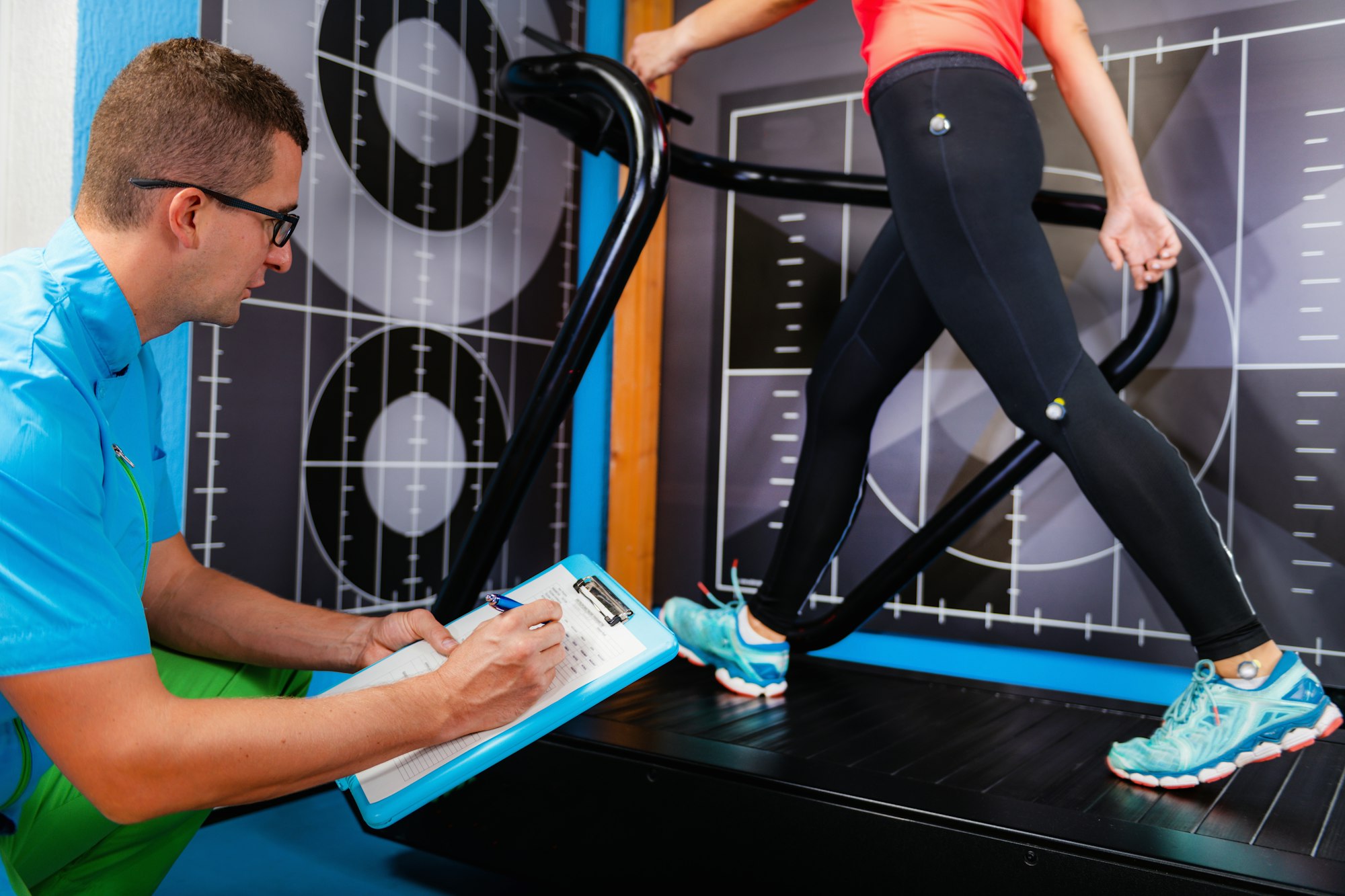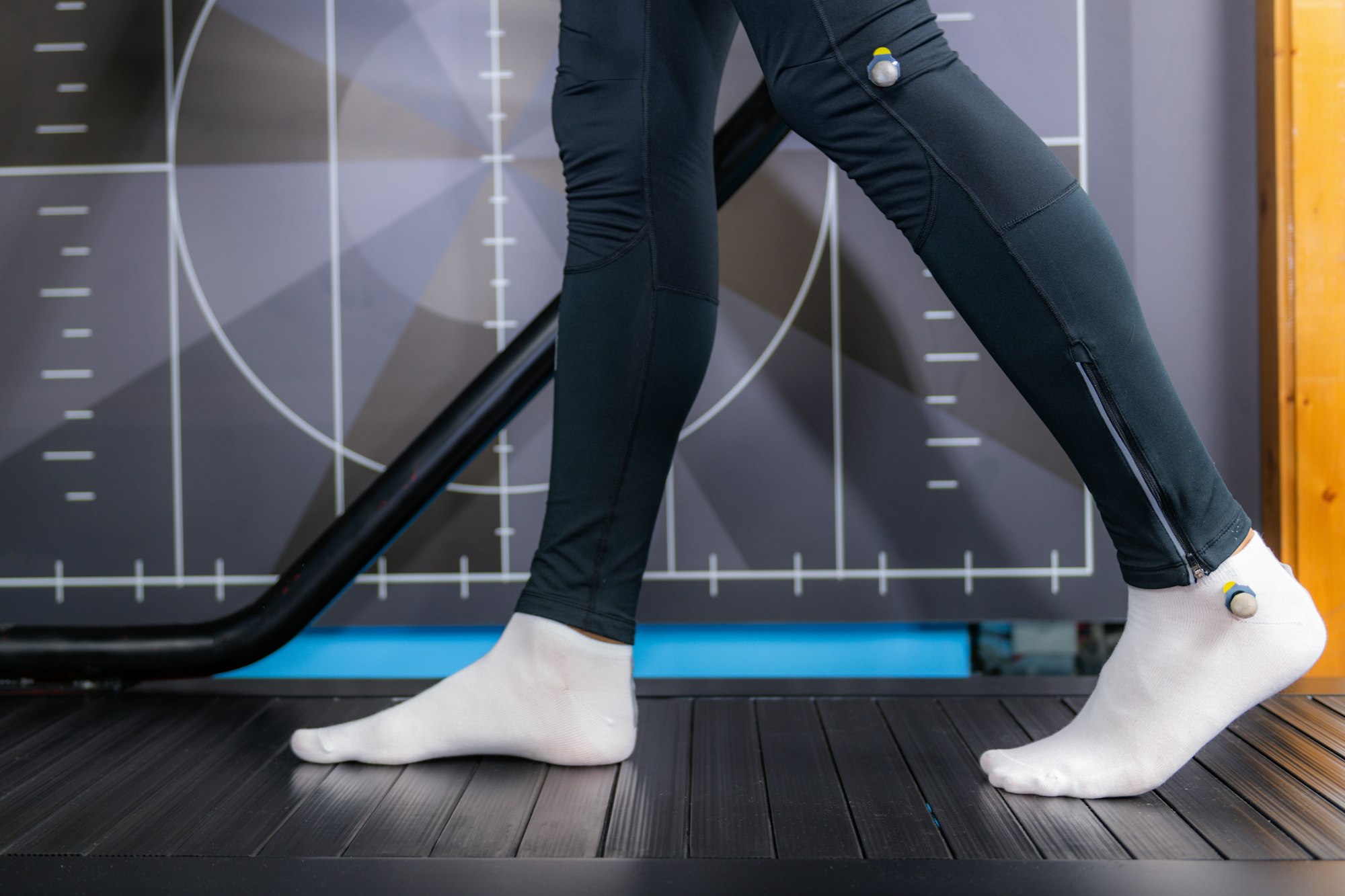
In the journey towards recovery from trauma, regaining mobility and functionality are often significant milestones. For many trauma patients, the ability to walk again or to walk with less pain and difficulty can be life-changing. This is where the combination of gait analysis and biofeedback training emerges as a powerful therapeutic approach, offering hope and tangible progress for individuals navigating the aftermath of trauma.
Gait analysis, a comprehensive assessment of walking patterns and biomechanics, serves as the foundation of personalized rehabilitation plans for trauma patients. By analyzing factors such as stride length, foot placement, and overall movement symmetry, healthcare professionals gain invaluable insights into the specific challenges each patient faces. This data-driven approach allows for the identification of gait abnormalities and asymmetries, guiding the development of targeted interventions to address them.
One such intervention that has gained prominence in recent years is biofeedback training. Biofeedback harnesses technology to provide real-time visual or auditory cues to patients, enabling them to adjust their movement patterns in response to immediate feedback. In the context of gait rehabilitation, biofeedback systems can be utilized to encourage proper alignment, weight distribution, and muscle activation during walking.
The integration of gait analysis and biofeedback training offers trauma patients a multifaceted approach to rehabilitation, addressing both the biomechanical and neuromuscular aspects of walking. Through targeted exercises and repetitive practice reinforced by biofeedback, patients can gradually relearn efficient and functional movement patterns while minimizing compensatory behaviors that may lead to further injury or discomfort.
Moreover, the benefits of this approach extend beyond physical rehabilitation alone. Engaging in gait analysis and biofeedback training fosters a sense of empowerment and active participation in the recovery process. Patients become more attuned to their bodies, gaining a deeper understanding of how their movements impact their overall function and well-being. This heightened awareness not only enhances rehabilitation outcomes but also promotes self-efficacy and confidence in daily activities.
Furthermore, the versatility of gait analysis and biofeedback training allows for tailored interventions that accommodate the diverse needs and goals of trauma patients. Whether recovering from orthopedic injuries, neurological conditions, or post-surgical procedures, individuals can benefit from customized rehabilitation programs that address their unique challenges and capabilities.
In conclusion, gait analysis and biofeedback training represent a dynamic and effective approach to rehabilitation for trauma patients seeking to reclaim their mobility and independence. By combining advanced technology with personalized care, healthcare professionals empower individuals to overcome physical limitations and strive towards optimal recovery. As we continue to explore innovative strategies in rehabilitation medicine, the integration of gait analysis and biofeedback stands as a beacon of hope for those on the path to healing after trauma.


